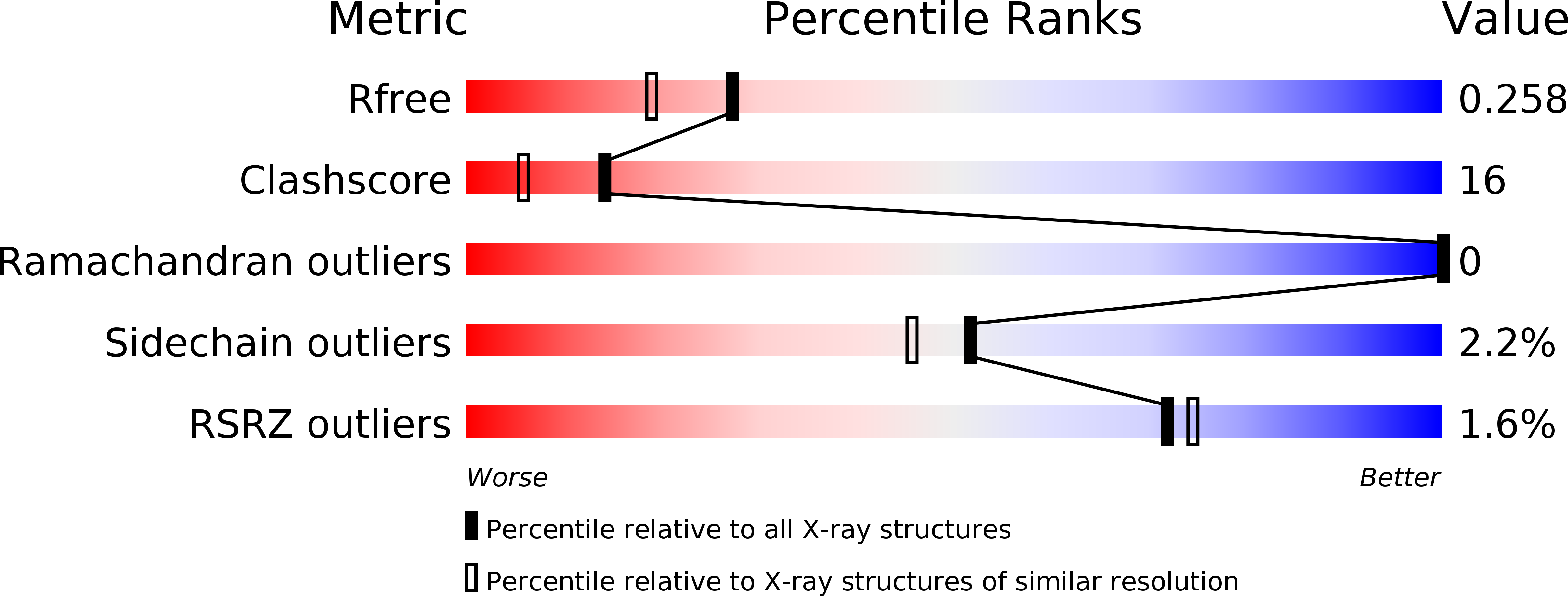
Deposition Date
2015-09-29
Release Date
2016-08-03
Last Version Date
2024-03-06
Entry Detail
PDB ID:
5E1H
Keywords:
Title:
Ricin toxin in complex with neutralizing single chain monoclonal antibodies (VHHs)
Biological Source:
Source Organism:
Ricinus communis (Taxon ID: 3988)
Vicugna pacos (Taxon ID: 30538)
Vicugna pacos (Taxon ID: 30538)
Host Organism:
Method Details:
Experimental Method:
Resolution:
2.03 Å
R-Value Free:
0.25
R-Value Work:
0.20
R-Value Observed:
0.20
Space Group:
C 2 2 21


